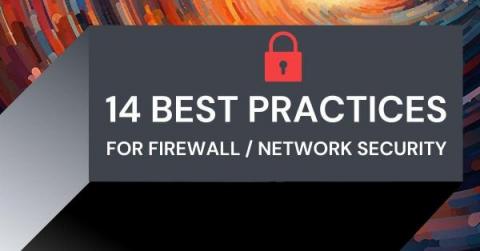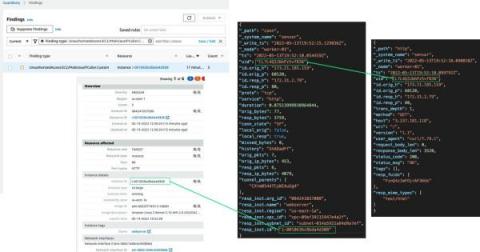Security | Threat Detection | Cyberattacks | DevSecOps | Compliance
Networks
I have trust issues and so does my CISO
Trust is hard to earn but necessary for any successful relationship. As organizations build the systems to support Zero Trust, they find themselves balancing security and functionality across their operations. Incident Response and Network Operations in particular can be full of traumatic experiences, and as we sink into those moments the typical responses are freeze, flight, or fight.
Forward Networks Achieves SOC 2 Type 1 Compliance, Demonstrating Commitment to Transparency and Data Security
HSTS Explained: How HTTP Strict Transport Security (HSTS) Works
Accelerate Digital Transformation with SD-WAN
In today’s rapidly evolving digital landscape, businesses face numerous challenges when it comes to achieving seamless connectivity, optimizing their IT infrastructure, and staying ahead of the competition. Traditional hub-and-spoke or backhaul network architectures often struggle to keep up with the increasing demands placed on them by the adoption of cloud services, growing distributed workforces, and the need for robust disaster recovery capabilities.
Lookout Announces Advanced Traffic Steering Agents to Replace Virtual Private Networks
For more than two decades, virtual private networks (VPNs) have been the go-to technology for enterprise remote access — and by extension, for enforcing remote access security. Even ubiquitous internet connections are often redirected via VPN to a central data center, where security enforcement occurs through various hardware appliances. From there, the traffic is forwarded onward to the internet. Of course, it must follow the same indirect path back on the response side.
Corelight CEO, Brian Dye talks to NYSE's Trinity Chavez on 'The Cyber Series'
New TETRA:BURST Vulnerabilities Enable Attackers to Intercept and Inject Critical Radio Traffic - How to Mitigate Risk
SASE is not SD-WAN + SSE
SASE = SD-WAN + SSE. This simple equation has become a staple of SASE marketing and thought leadership. It identifies two elements that underpin SASE, namely the network access technology (SD-WAN) and secure internet access (Security Service Edge (SSE)). The problem with this equation is that it is simply wrong. Here is why. What is missing from the equation? The answer is: a cloud network.











